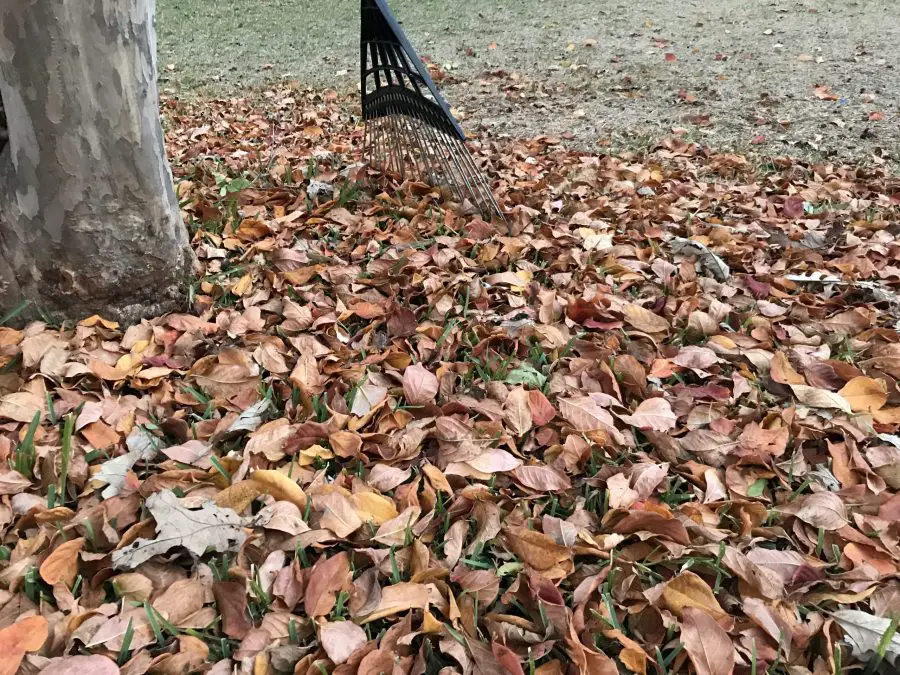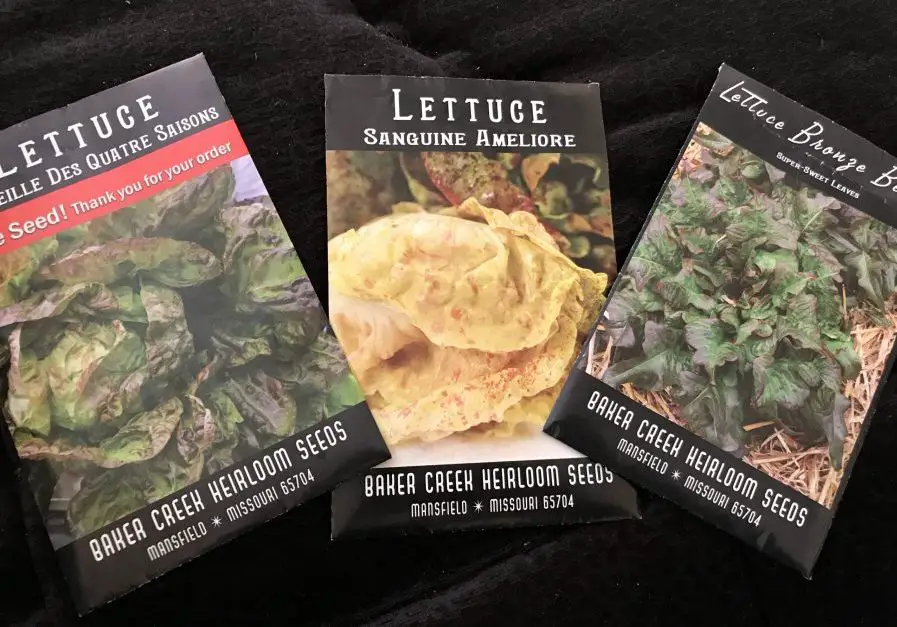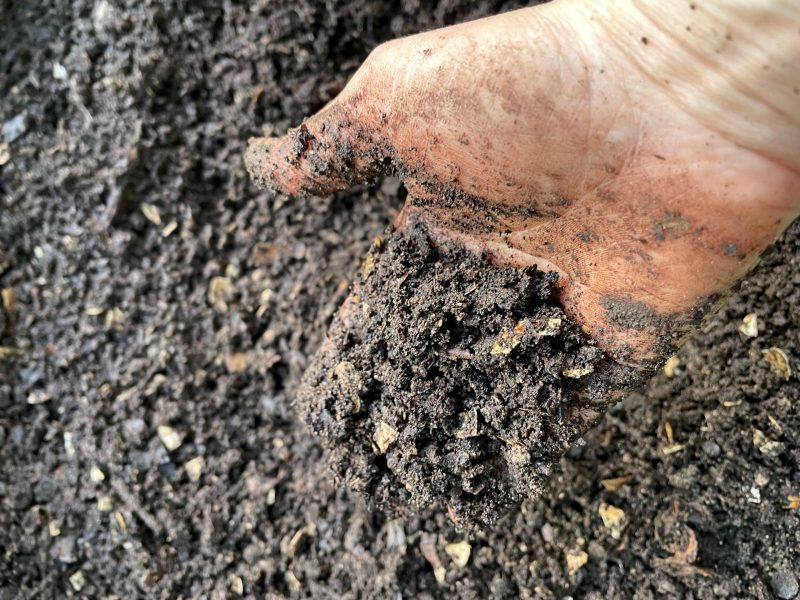What is leaf mold?
Leaf mold is the byproduct of the decomposition of leaves caused by fungi. Like compost, it is dark and crumbly with an earthy smell.
Why is leaf mold important to plants?
We are supposed to eat vegetables because of the nutrients they provide our bodies. So the question is, “where do vegetables and fruits get these nutrients?”
As we all know, plants absorb nutrients from the soil through their root systems. Then they transfer them into the other parts, such as leaves and stems.
Trees are big plants with profound roots that reach far into the ground. This ability allows them to absorb nutrients that are not available to smaller plants, mainly vegetables.
Leaves are the storage unit for these nutrients. When the latter fall into the ground, they start decomposing, releasing the nutrients into the topsoil. Note that leaf mold is not rich in macronutrients N-P-K. It contains some but not a lot; it is primarily rich in trace minerals or micronutrients essential to plant life.
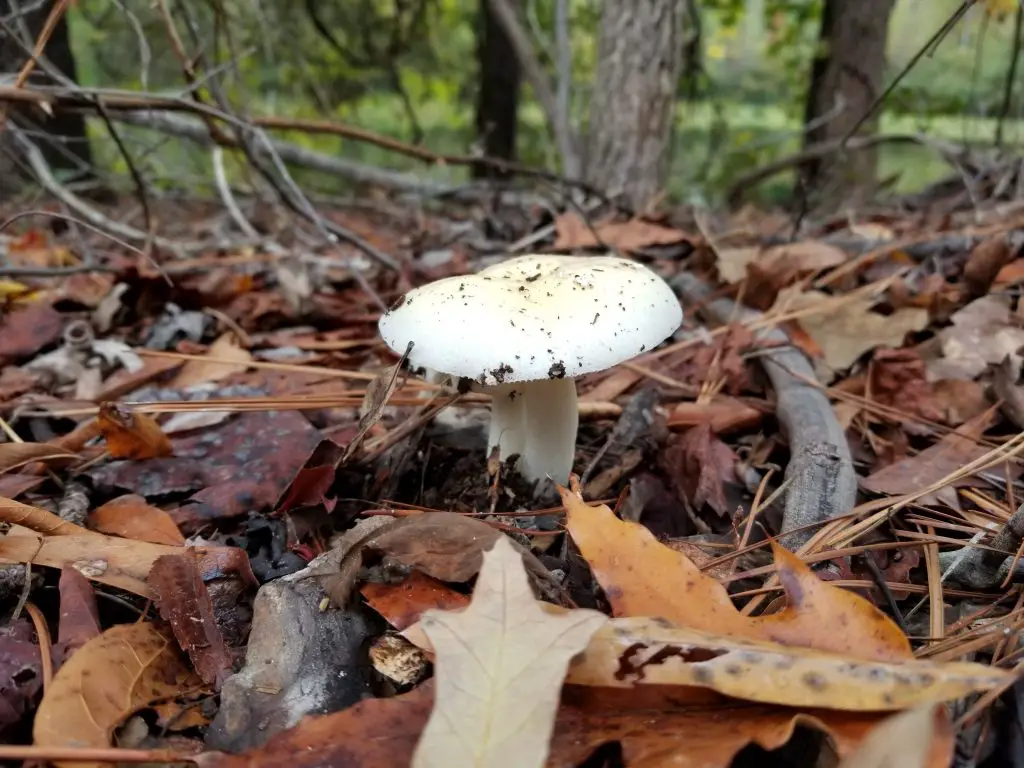
After analyzing collected municipal leaves, Spectrum analytics claimed they contain more micronutrients than we could imagine.
Application of leaves at 20 ton/acre would also add on average 656 pounds of calcium, 96 pounds of magnesium, 44 pounds of sulfur, 1.5 pounds of boron, 58 pounds of iron, 22 pounds of manganese, 50 pounds of chloride, 4 pounds of sodium, 0.3 pounds of copper, and 3 pounds of zinc. The actual amounts of nutrients applied can vary considerably as shown by the concentration ranges in Table 1.
Dr. Joseph R. Heckman, Daniel Kluchinsh, Dr. Donn A. Derr, Rutgers University
However, the study mentioned that the nutrients would not be available immediately after application. In addition, since they are part of the cellular plant’s structure, the release requires the interference of fungi and microbes in the decomposition process.
What are mycorrhizal Fungi?
Mycorrhizal fungi are called so for their Mycorrhizal relationship with plants. This relationship is symbiotic; the fungus colonizes the root system of a host plant, increasing the latter’s water and nutrient absorption abilities. In return, the plant feeds the fungus carbohydrates it produces through photosynthesis.
There are two significant groups of mycorrhizal fungi, ectomycorrhizal and endomycorrhizal fungi. The first group lives on the outer layer of the plant’s root system cells, while the second penetrates them. Due to this differentiation, each mycorrhizal fungi groups colonizers a specific botanical host.
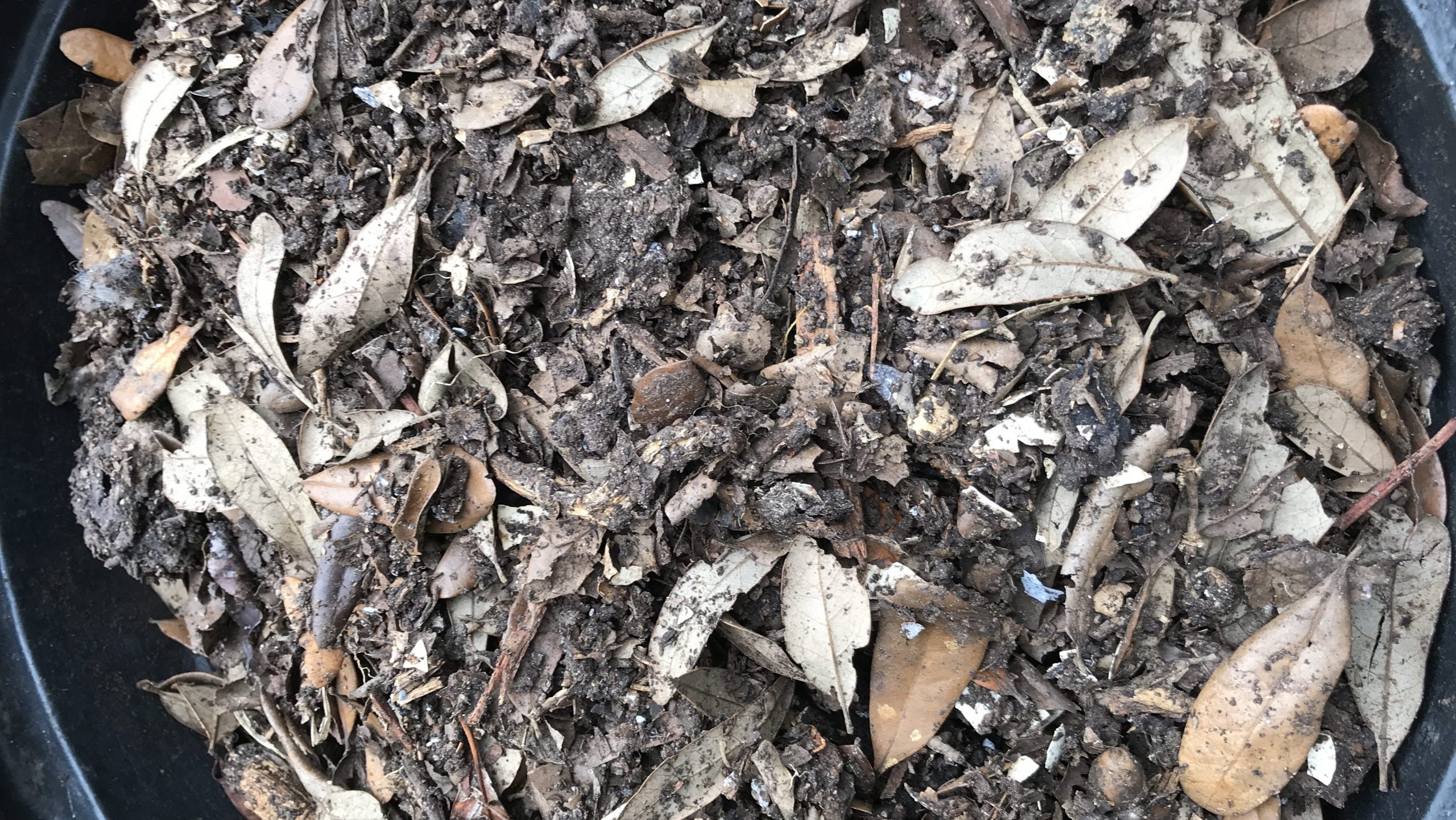
Mycorrhizal relationships
According to http://www.mycorrhizae.com/, endomycorrhizal fungi colonize 85% of the plants, including most vegetables, fruits, and flowers. On the other hand, Ectomycorrhizal fungi prefer more woody plants such as Oaks and Conifers.
Few plants have no Mycorrhizal activity or relationship, but they make up only 5% of the plant kingdom. These include brassicas, the Ericaceae family, and other unclassified plants such as beets, carnation, mustard, and spinach. Click here for a complete list of plants.
Is leaf mold the same as compost?
Leaf mold is the result of a fungal breakdown of leaves. Compost is the breakdown of any organic material with the interference of bacteria, microbes, and decomposing insects.
The decomposition of the leaves is slower than compost and only requires moisture and air instead of a balanced ratio of carbon to nitrogen to prevent rot.
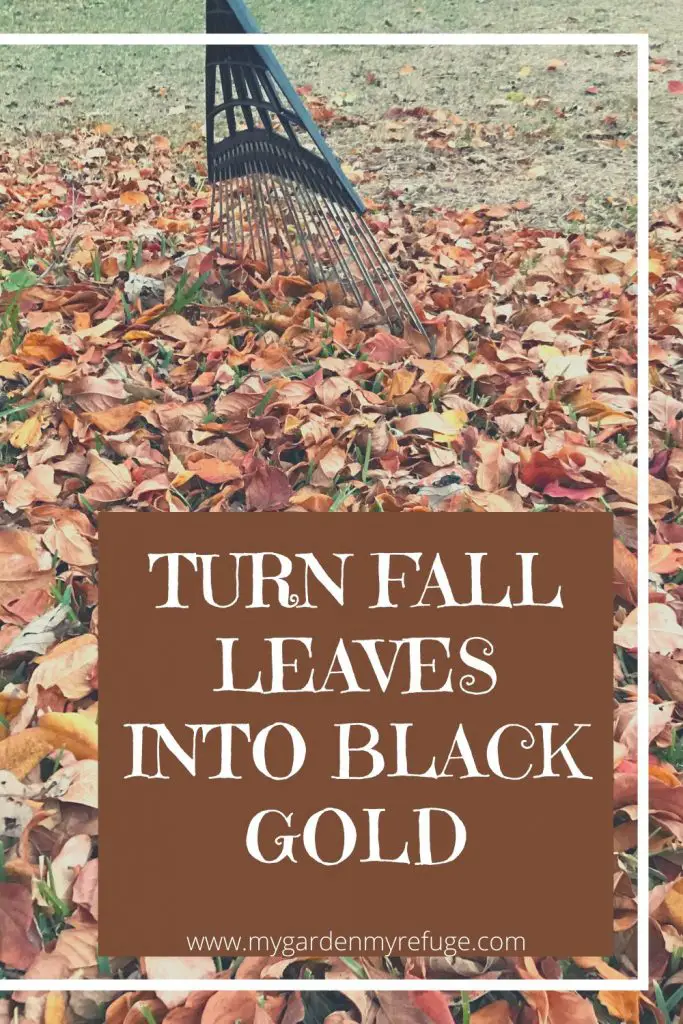
How to make leaf mold
There are different ways to make leaf mold, and all are relatively easy.
1- The laziest way
- Choose a shady spot.
- Gather the leaves into a pile.
- You may cover it with a tarp to prevent the wind from blowing it away.
- After six months to a year, it starts turning into dark hummus.
2- The lazy way
- Fill heavy-duty plastic bags with leaves.
- Sprinkle some water to increase moisture.
- Tie the bag up.
- Make holes using a garden fork for air circulation.
- Set the bags in a shady place, giving an occasional shake.
- The leaf mold should be ready for use in five to six months.
3- The elaborate way
- Gather the leaves, then shred them with a shredder, a weed whacker, or run over them with a lawnmower.
- Make a chicken wire or pallet compartment, then fill it with layers of leaves, green leaves, or coffee grounds.
- Occasionally come around to aerate the pile.
This method is similar to composting since it calls for adding nitrogen material.
Is it essential to know the source of the leaves?
Yes, It is imperative to know where you are getting the leaves to ensure there are no chemical herbicides or insecticides on them. These harmful products do not disappear after decomposition; they may leach into your garden.
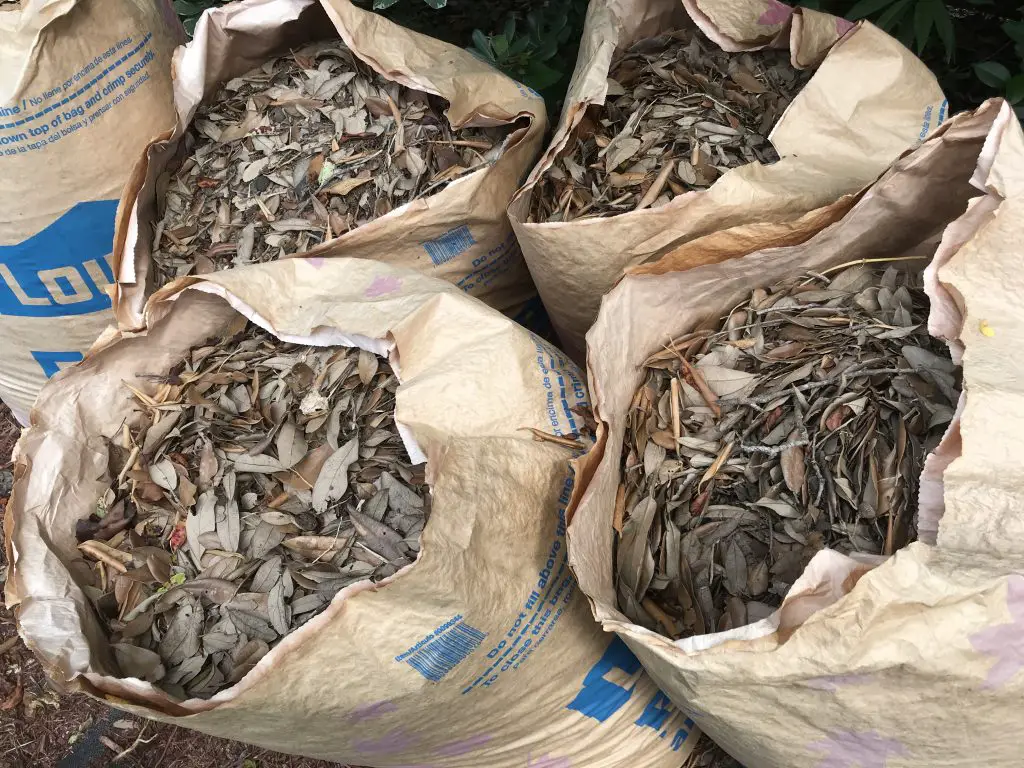
Is collecting the leaves good for the environment?
It all depends on the reasons behind collecting the leaves and what you intend to do with them. Collecting leaves to make mold or compost is beneficial to the environment. It is, after all, giving back to nature and completing the cycle. The trees absorb nutrients from the soil to store them in the leaves. Then they are dropped in the fall into the ground to decompose. The nutrients are released back into the topsoil during the breakdown, feeding other vegetation.
However, not many municipalities have a composting program, so most bagged leaves end up in the landfill. In this case, more harm is done to the environment by increasing methane gas emissions. It hurts to see people consider fall leaves as litter or yard waste. If we are not composting the leaves, let’s enjoy nature and let it do its thing.
There is this interesting blog post that discusses the issue of Leaf Litter. You may want to check it out here.
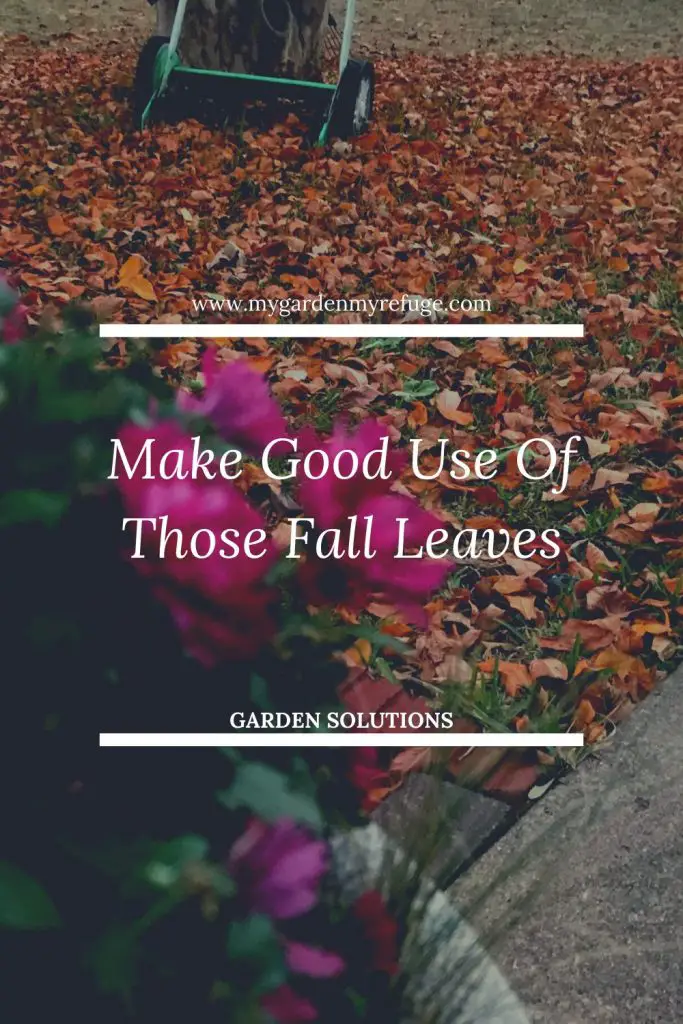
Is leaf mold a good soil amendment?
Leaf mold is the best soil conditioner, and it has a lot of benefits:
- Adds tilth to the soil: loamy soil is the best soil for growing vegetation. It drains well and does not turn into hard clay when dry. Adding leaf mold or compost to any soil type is a great conditioner.
- It increases moisture retention by soil particles, which reduces the need for supplemental watering.
- Use is as mulch to reduce evaporation to keep the soil cool during hot days and warm during cold days.
- Adding leaf mold to soil feeds soil organisms leading to an increase in their population, which will improve soil and plant overall health.
